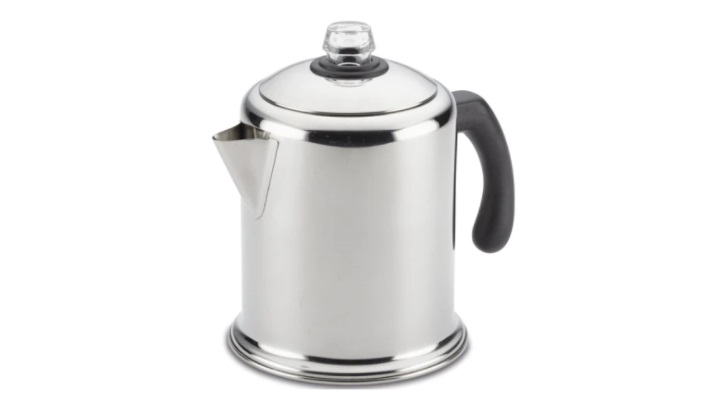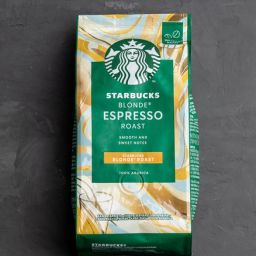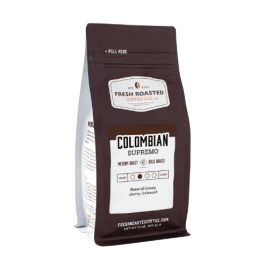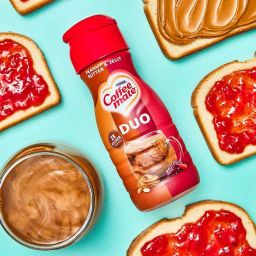
A stainless steel percolator coffee pot is a throwback to a classic era of coffee brewing, yet it holds its ground firmly in the modern kitchen. This durable brewer methodically steeps coarse coffee grounds in boiling water, allowing the brew to circulate through the grounds multiple times. This process, which is as mesmerizing to watch as it is simple, extracts a full-flavored and robust cup of coffee. Stainless steel percolators stand out for their resilience, ensuring they’re a staple in kitchens and campouts for years.
Key Takeaways
- Durability and Ease of Cleaning: One of the foremost benefits of a stainless steel percolator is its ruggedness. It withstands the test of time, resisting rust, stains, and often, the accidental drops. Cleaning is straightforward, requiring just a rinse and occasionally a deeper clean with common household ingredients.
- Influence on Coffee Taste and Temperature: If you adore a strong, hot cup of coffee, the percolator is your go-to. The brewing process it employs guarantees a hotter cuppa than most drip machines can muster, with a depth of flavor that’s hard to replicate.
- Varieties and Capacities Available: From stovetop models that remind you of your grandparents’ kitchen to sleek, modern electric versions that fit right in with contemporary appliances, there’s a wide variety. Capacities range too, catering to solitary sippers and large gatherings alike.
- Comparison with Other Coffee Brewing Methods: While drip coffee makers and French presses have their adherents, stainless steel percolators offer a unique blend of aesthetic, thermal efficiency, and flavor extraction. For enthusiasts of strong and hot coffee, this method is unmatched.
Features to Look for in a Stainless Steel Percolator
When hunting for the perfect stainless steel percolator, a few features stand out as must-haves. Here’s what to keep an eye out for:
- Capacity: Consider how much coffee you drink. Percolators come in various sizes, catering to single cups to a dozen or more. Pick one that matches your typical consumption to avoid the hassle of multiple brews.
- Durability: Stainless steel is synonymous with longevity. Look for a percolator made from high-quality steel, resistant to rust and corrosion. A sturdy handle and a solid build are good indicators of a percolator built to last.
- Type: Stovetop versus electric? Stovetop percolators are great for their portability and compatibility with various heat sources, while electric models offer convenience with features like automatic shut-off and keep-warm functions.
- Ease of Cleaning: A percolator should be simple to disassemble and clean. Removable parts that are dishwasher safe are a bonus, ensuring your coffee pot remains hygienic and free from coffee oil buildup.
- Additional Features: Features like a transparent knob to monitor the brewing process, an automatic shut-off function for electric models, and an indicator light can enhance the brewing experience, offering both safety and convenience.
Best Practices for Brewing Coffee with a Stainless Steel Percolator
Brewing the perfect cup of coffee in a stainless steel percolator is an art. Here’s a simple guide to get you started:
- Grind Size: Opt for a coarse grind. Fine grinds can slip through the filter and into your brew, leading to a gritty cup of coffee.
- Water Temperature: Start with cold water. This ensures a gradual heat-up and more thorough extraction of flavors.
- Fill It Up: Add water to the percolator based on the number of cups you’re brewing. Then, add the corresponding amount of coffee to the basket. A general rule is one tablespoon of coffee for every 8 ounces of water.
- Heat It Right: If you’re using a stovetop model, keep the heat medium-low. For electric percolators, just turn it on. The key is to heat slowly to avoid boiling, which can over-extract and lead to bitterness.
- Brewing Time: The magic number is about 7 to 10 minutes. Once you see the coffee bubbling up into the knob, it’s an indication that brewing is underway. Watch the color; when it reaches a rich amber, it’s nearly done.
- Serve Immediately: Once brewing is complete, serve the coffee immediately to prevent bitterness. If using an electric percolator with a keep-warm function, don’t leave the coffee on it for too long.
Cleaning and Maintenance
Keeping your stainless steel percolator in tip-top shape isn’t just about preserving its glossy finish; it’s about ensuring your coffee tastes great every time. For daily cleaning, disassemble your percolator after each use. Rinse each part with warm water and a mild detergent, focusing on the basket and tube where coffee grounds can get stuck. A soft brush can help dislodge any stubborn residue. Rinse thoroughly and dry before reassembling.
For deep cleaning, especially if you notice your coffee’s flavor starting to dull, it’s time to break out the big guns: vinegar or baking soda. Fill the percolator with a mixture of water and white vinegar (equal parts) or water and a few tablespoons of baking soda. Let it brew halfway, then turn it off and let it sit for about an hour. Finally, complete the brew cycle, discard the cleaning solution, and rinse well. This process not only cleans but also descales your percolator, keeping it running smoothly.
Troubleshooting Common Issues
Uneven Brewing: If your coffee comes out unevenly brewed, check the grounds you’re using. Too fine a grind can lead to over-extraction in some areas and under-extraction in others. Switch to a coarser grind for a more consistent brew.
Heating Element Maintenance: Electric percolators depend on their heating element, which can falter over time. If your percolator isn’t heating up, first ensure it’s properly plugged in and the outlet is functioning. If problems persist, it might need a professional look. Unfortunately, at-home fixes for heating elements are rare due to their complexity and safety concerns.
Mineral Buildup: Hard water can lead to mineral deposits inside your percolator, affecting its performance and the taste of your coffee. Regular descaling with vinegar or a commercial descaling solution can prevent this buildup. If you live in a hard water area, consider using filtered water to extend the life of your percolator.
Cafe Brew Collection Stovetop Percolator
Pros:
- Affordable, making it a great entry-level option.
- Lightweight design with a unique, transparent brewing process.
- Easy to clean with BPA-free, dishwasher-safe parts.
Cons:
- The glass body, while intriguing, is more fragile compared to all-stainless models.
- Some components feel less durable.
The Cafe Brew Collection percolator offers a unique view into the brewing process, thanks to its glass construction. It’s a budget-friendly choice for those who appreciate the visual aspect of brewing but requires careful handling.
Godmorn Stovetop Espresso Percolator
Pros:
- Sleek stainless steel design that’s built to last.
- Suitable for making strong espresso.
- Compatible with various heating surfaces, including induction stoves.
Cons:
- Limited capacity, ideal for small servings.
- Lacks a viewing window, which might be missed by those who like to monitor the brewing process.
For lovers of espresso, the Godmorn percolator combines style and functionality, offering a durable solution for brewing your morning shot. Its compatibility with induction stoves adds a layer of versatility.
Presto 12-Cup Stainless Steel Coffee Maker
Pros:
- Large capacity, perfect for serving multiple cups.
- Features an automatic shut-off function for safety.
- The sleek design adds a touch of elegance to your kitchen countertop.
Cons:
- Some parts are not dishwasher safe, requiring manual cleaning.
- The presence of some non-stainless steel components might concern purists.
The Presto 12-Cup model is ideal for larger households or gatherings, ensuring that everyone gets a cup of freshly brewed coffee. Its automatic features provide convenience and peace of mind for the user.
FAQs
How to choose between a stovetop and an electric stainless steel percolator?
Choosing between stovetop and electric models boils down to your lifestyle and preferences. Stovetop percolators offer a traditional brewing experience and are perfect for those who enjoy the ritual of coffee making. They’re portable, making them ideal for camping. Electric percolators, on the other hand, provide convenience with features like automatic shut-off and keep-warm settings, suitable for busy coffee lovers who appreciate the ease of use.
Can stainless steel percolators be used on induction cooktops?
Many stainless steel percolators are compatible with induction cooktops, but it’s essential to confirm this feature before purchasing. Models specifically designed with a magnetic base work seamlessly with induction cooktops, providing a smooth and efficient brewing experience.
How does the brewing time of a percolator compare to other coffee makers?
Percolators typically take about 7 to 10 minutes to brew coffee, which is slightly longer than drip coffee makers but comparable to or faster than French presses and pour-overs. The unique brewing process of percolators, which recirculates boiling water through the coffee grounds, ensures a rich and robust flavor profile that’s worth the wait.
Final Thoughts
Throughout this guide, we’ve delved into the enduring appeal of stainless steel percolator coffee pots, from their durable construction and easy maintenance to the rich, flavorful coffee they produce. Whether you’re drawn to the hands-on brewing process of a stovetop model or the convenience of an electric percolator, there’s a stainless steel percolator to suit every coffee enthusiast’s needs.









